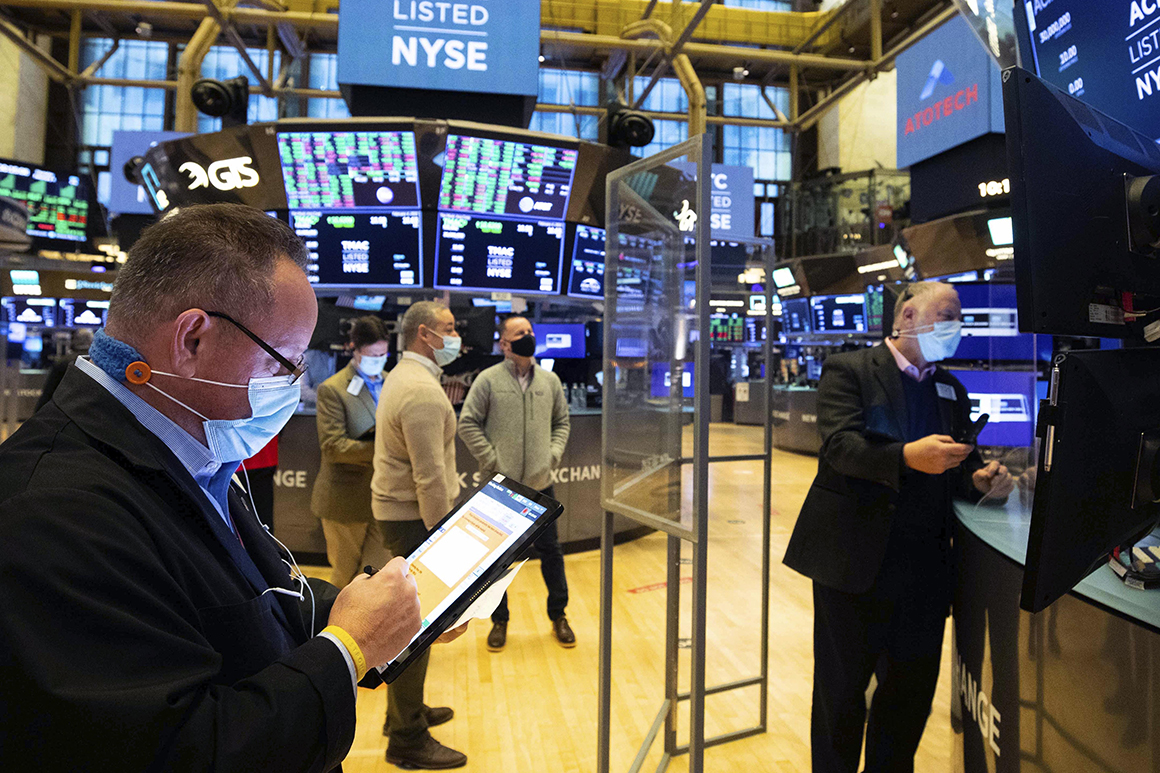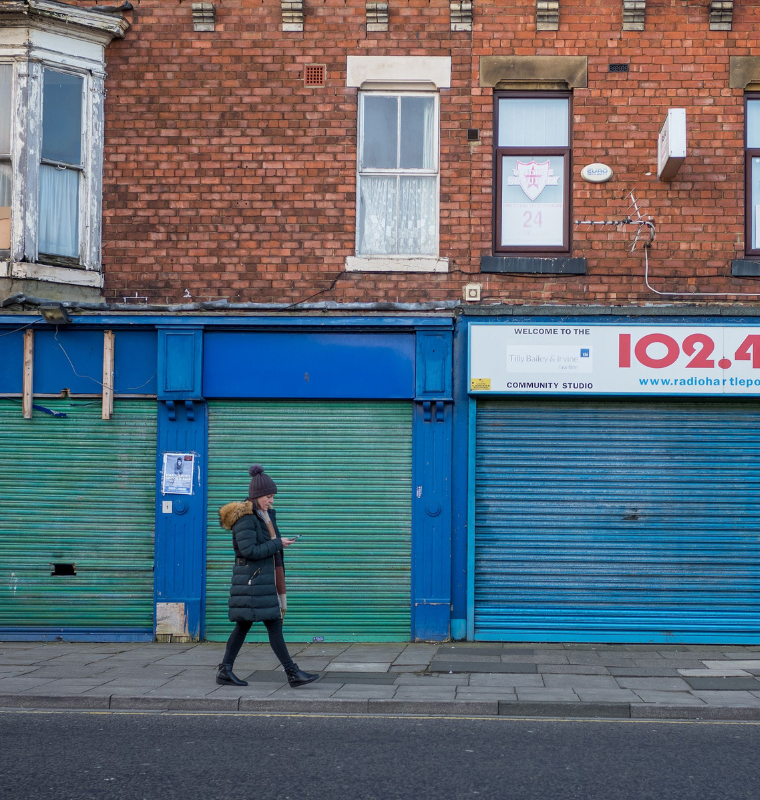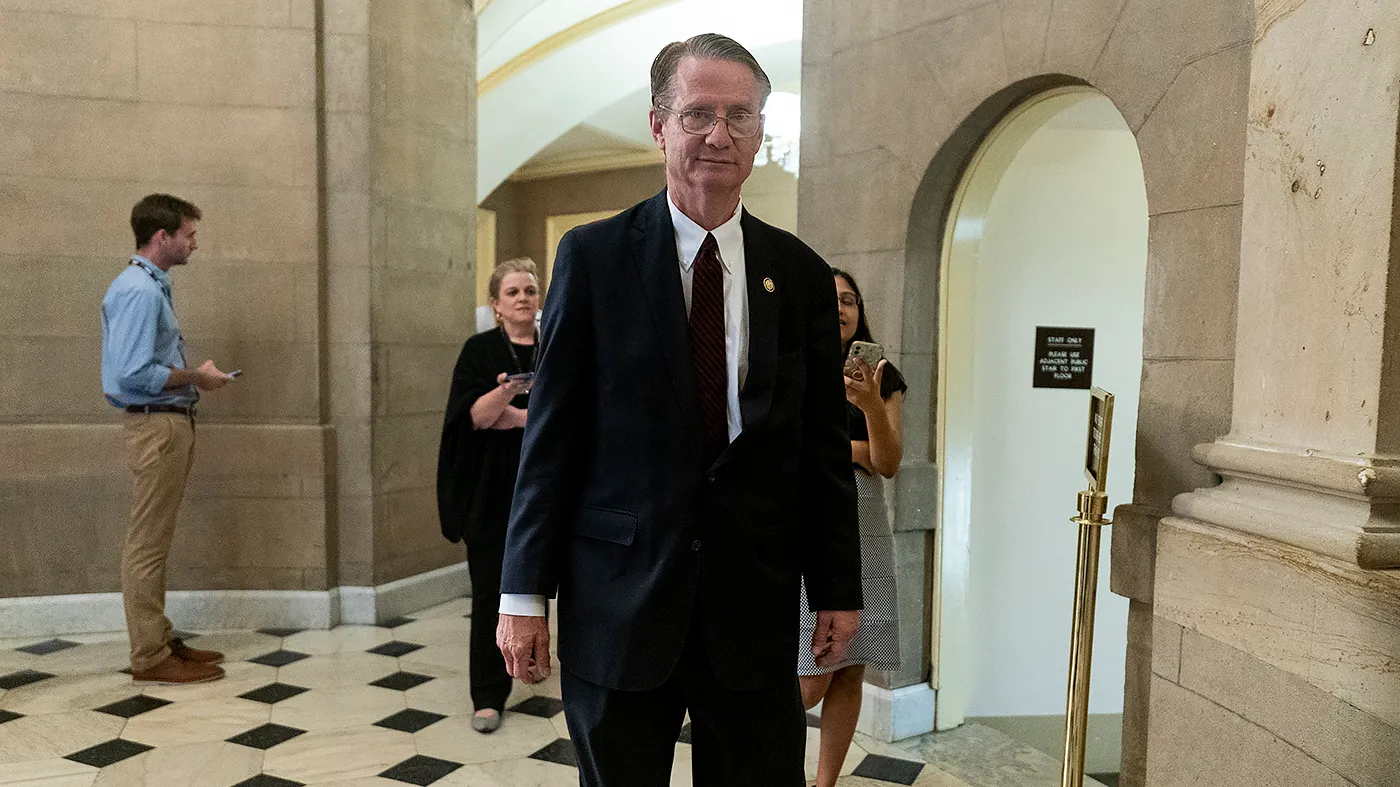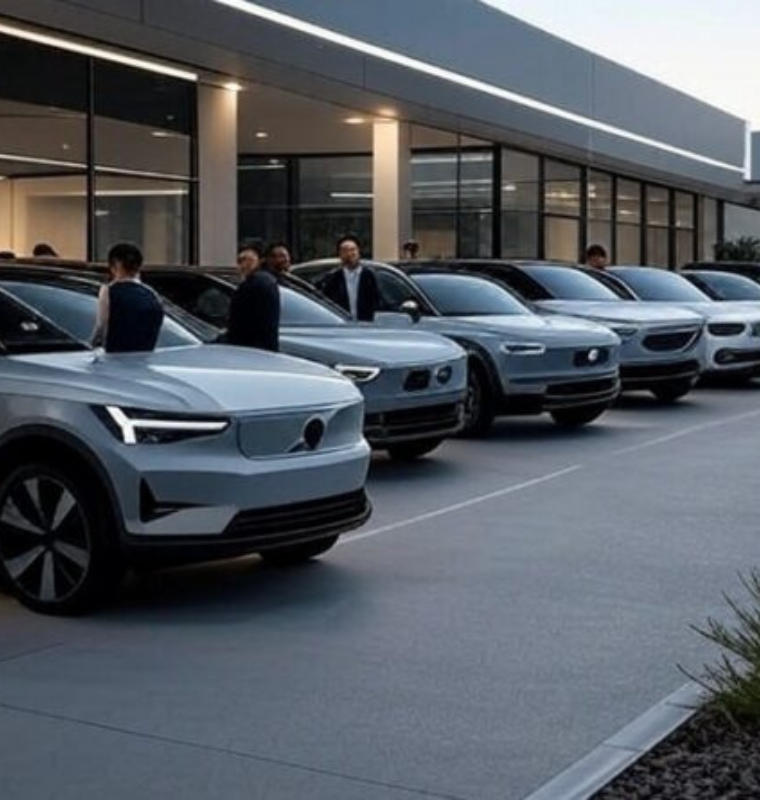Strong Data Pushes U.S. Markets Higher — But Is Trouble Lurking Beneath the Surface?
Strong Data Pushes U.S. Markets Higher — But Is Trouble Lurking Beneath the Surface?
By
Calder Monroe
Last updated:
July 18, 2025
First Published:
July 18, 2025

Photo: Politico
U.S. Economy Defies Gloom — For Now
Despite rising concerns over inflation, global trade tensions, and a politically volatile summer, the U.S. economy continues to display surprising resilience. June retail sales rose by 0.7%, beating economist expectations of just 0.4%, signaling that consumers are still spending — and not yet retreating under the weight of economic uncertainty.
At the same time, weekly jobless claims dropped to 222,000, down from the prior week’s 237,000 and lower than the forecasted 230,000, indicating continued strength in the labor market. This combination of strong consumer activity and steady employment has helped the market rally, even as fears around tariffs and energy policy intensify.
Earnings Season Starts with a Bang
Corporate earnings added more fuel to Wall Street’s fire. Netflix (NFLX) posted better-than-expected earnings, sending its shares higher and boosting broader tech sentiment. The strong performance helped propel both the S&P 500 and the Nasdaq to fresh all-time highs, with the S&P crossing the 5,700 mark and the Nasdaq surging past 18,000.
This early momentum suggests that corporate America, at least in some sectors, is managing to weather inflationary pressures and global instability. According to FactSet, as of mid-July, 82% of companies reporting have beaten EPS estimates, a historically strong showing that’s reassuring to investors banking on fundamentals over fear.
Trump Targets Renewable Energy, Again
Former President Donald Trump has renewed his opposition to the U.S. renewable energy transition, calling for cuts to solar and wind subsidies and casting doubt on the Biden administration’s green energy push. In a recent rally, he proposed slashing federal support for renewables, arguing that traditional energy sources like coal and natural gas should reclaim their place in the national energy grid.
This rhetoric, while not policy yet, has already rattled clean energy stocks. Companies like First Solar (FSLR) and NextEra Energy (NEE) saw modest declines as investors weighed the possibility of a 2025 energy policy shift. The uncertainty underscores how political winds can significantly alter investment prospects in the renewable sector.
Amazon Layoffs Continue
Meanwhile, Amazon (AMZN) has resumed workforce reductions, reportedly cutting hundreds of jobs across its AWS and Prime Video divisions. While the company attributes the layoffs to a strategic restructuring effort, it highlights a broader trend: Big Tech is still in cost-control mode, even amid record profits.
So far in 2025, over 110,000 tech workers have been laid off globally, according to Layoffs.fyi. While not as dramatic as 2023’s peak, it indicates that even leading firms are bracing for potential demand slowdowns or shifting business models.
Are We in a Calm Before the Storm?
With August 1 looming — the expected date for potential new tariffs under a second Trump administration — investors are rightly cautious. The real economic impact of tariffs, especially if broad-based duties are applied to Chinese goods or even allies like those in the EU, often lags the announcement.
If businesses are stockpiling goods or suppliers are preemptively slashing prices, the current stability might be misleading. And once inventories dry up or prices normalize, the real cost could surface — potentially in Q4 2025 or early 2026 GDP and inflation data.
Historical precedent warns us not to get too comfortable. During the U.S.-China trade war in 2018-2019, GDP growth slowed sharply just quarters after tariffs were implemented, and sectors like manufacturing and agriculture bore the brunt.
Final Thoughts: Data vs. Delusion
Right now, markets are moving on solid numbers — not just speculation or fear. Retail, employment, and earnings data all suggest that the foundation of the economy is holding. But investors should stay vigilant. Macroeconomic threats like tariffs, political instability, and sector-specific slowdowns (such as tech layoffs or energy policy shifts) remain unresolved.
In other words, the U.S. economy may not be "built on rock and roll," but it’s also not immune to shockwaves. Solid data can be comforting — but it doesn’t mean the risks aren’t real.
Popular articles
Subscribe to unlock premium content
Kylie Jenner’s $420M Beauty Empire Unravels: Inside the Stunning Fall of a Social Media Mogul

Britain’s Economic Decline: From Global Powerhouse to Financial Strain

Trapped by Perfection: How AI Beauty Filters Are Rewiring Our Faces—and Our Minds

Kylie Jenner’s $420M Beauty Empire Unravels: Inside the Stunning Fall of a Social Media Mogul

Britain’s Economic Decline: From Global Powerhouse to Financial Strain

Kylie Jenner’s $420M Beauty Empire Unravels: Inside the Stunning Fall of a Social Media Mogul









